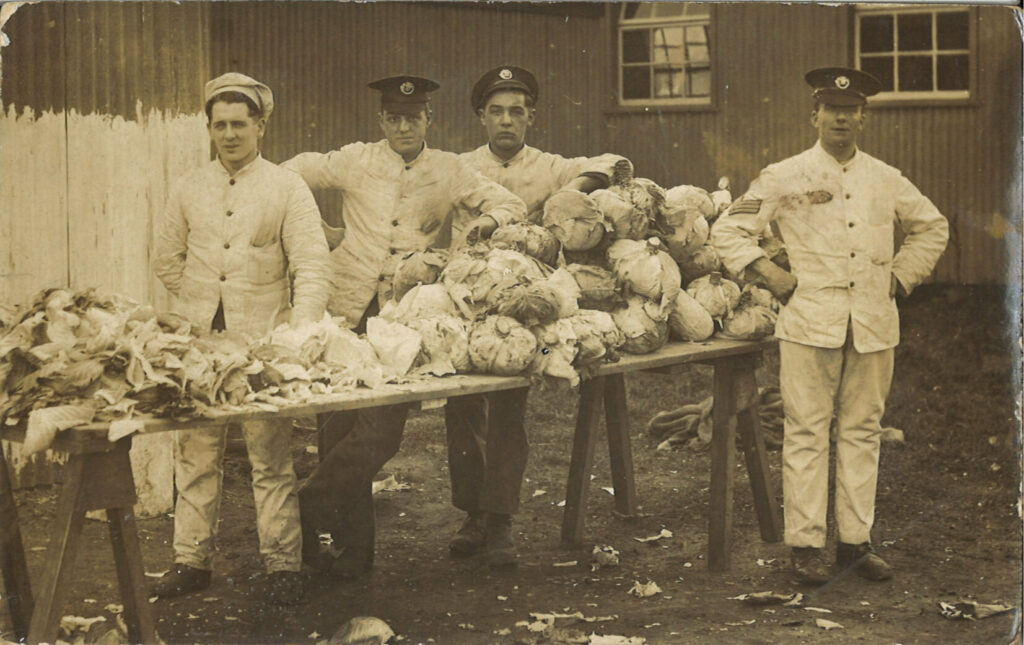
The First BAOR – The 2nd Battalion Duke of Cornwall’s Light Infantry in Germany 1922-1924
Written by Andrew Sims, Archivist, Bodmin Keep: Cornwall’s Army Museum
Many who grew up during the Cold War will be familiar with the term BAOR (British Army Of the Rhine). Perhaps less well known is that the British Army also occupied part of Germany after the end of the First World War.
The Cornwall’s were part of both the initial move into Germany, and after the signing of the Armistice when the 10th Battalion DCLI (Pioneers) as part of the 2nd Division crossed the German border on 12th December 1918, reaching Duren just west of Cologne, on 14th December.
As Sir Hugo White writes:
‘What thoughts must have gone through the heads of those men,’ and ‘By the nature of its work a Pioneer battalion suffered a continuous trickle of casualties as it went about its never-ending work in the front line. 257 had been killed and many times that figure wounded. These casualties must have had a sad impact on Cornwall for, … the 10th was originally entirely composed of Cornishmen, and even by the end of the war was still predominantly Cornish.’ [1]
Unlike the BAOR of the Cold War the stay was short. The Regular 2nd Battalion returned to the Cologne area in 1922 and stayed until 1924.
Whilst the Battalion excelled at both sport and military proficiency (reflected in many images within our archive), of equal interest are the ‘social’ images of the Battalion’s stay.
Some fascinating photographs give a glimpse of life with the first BAOR. Unfortunately, in many instances, no information is available for context.
BAOR History In Pictures
Soldiers marching
Some interesting points to note: the youth of the soldier on the extreme left, the DCLI badges on the helmets, the general tiredness and relaxed wearing of uniform, some with helmets, others without.
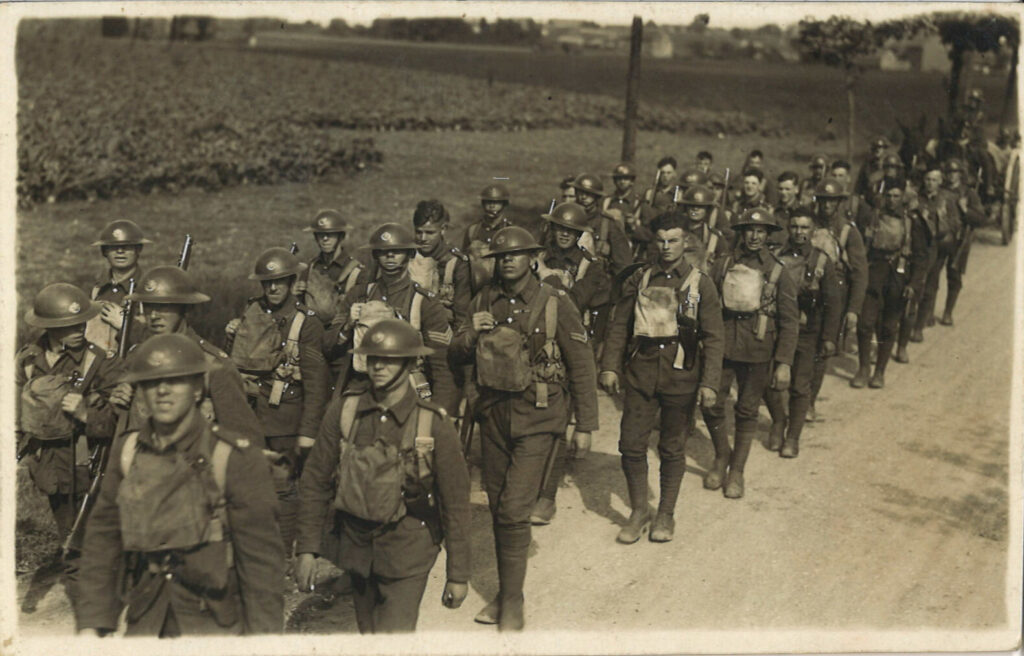
Fraternization
A relaxed image, the soldiers seem surprisingly interested in the photographer as much as the civilians in their midst.
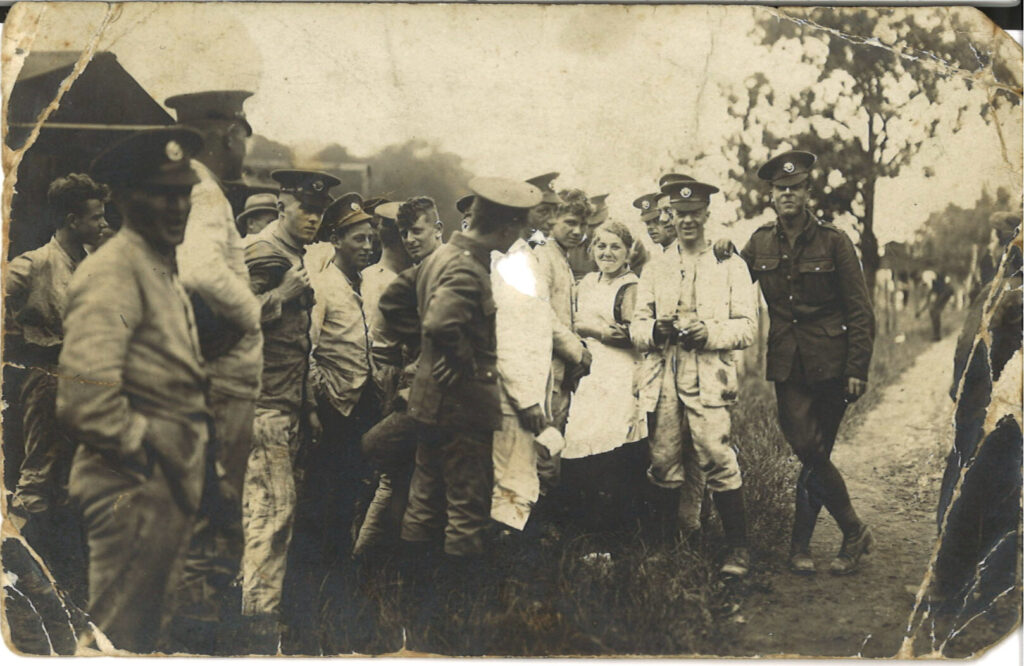
Boot Repairer
Text on reverse of the image reads: ‘The unit Boot Repairer of 2/DCLLI taking time off at the camp, BAOR, 1922’. Interestingly the workspace is also the bunk space for the soldier, or so it seems.
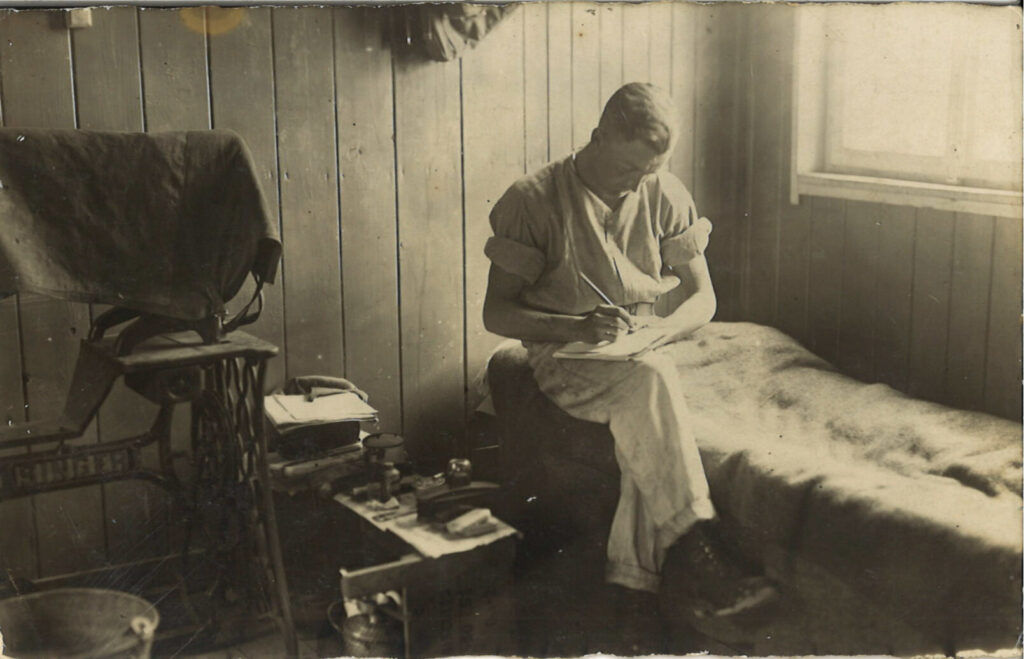
French Occupation
In 1923 the French Army re-occupied the Ruhr because of German default on reparation payments. This image shows a column of French armoured cars in a German street. There is no text on the reverse of the image to confirm this was part of this operation.
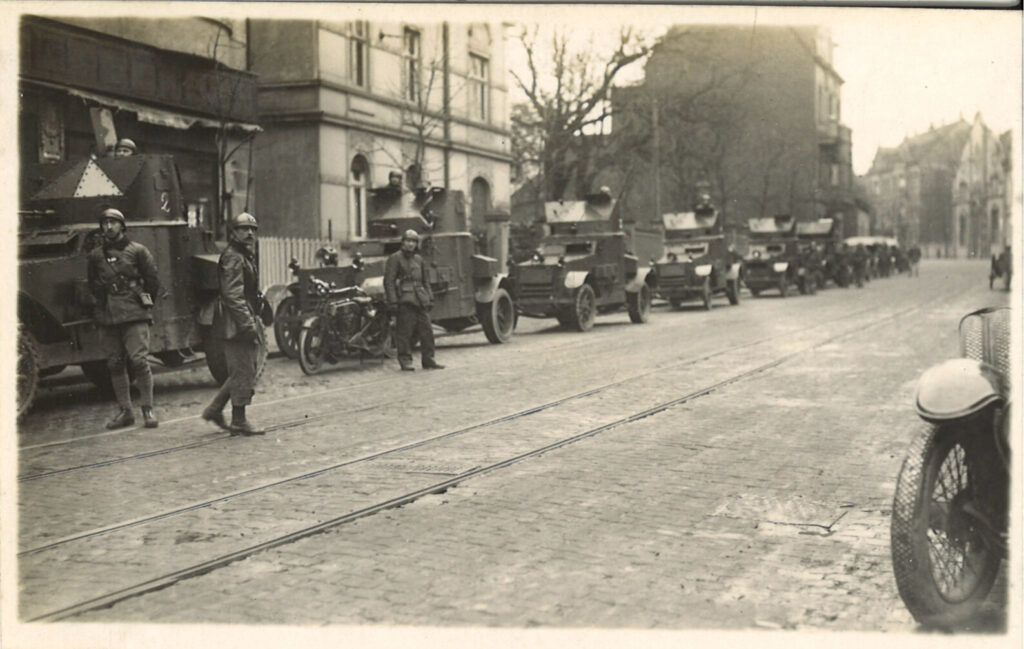
Final Thoughts
These images are fascinating, not because they show soldiers ‘in action,’ marching in smart uniforms. But because they throw light on the daily lives of soldiers and civilians.’
A route march with tired limbs, interaction with civilians in an occupied land, boot repair and cooks, trades that kept the army on the move, and finally the possible frustration of allies in a deserted German street.
[1] One and All, A History of the Duke of Cornwall’s Light Infantry 1702-1959 by Sir Hugo White, Tabb House, Padstow, 2006, p. 280.

The Journey to 2030
The next few years will be both exciting and challenging. 2030 brings major changes to the way the museum is funded. Our Trustees and staff are working on plans to transform the Keep and ensure a bright and sustainable future for the museum.
We need your support to enable us to continue to educate and inspire future generations.
